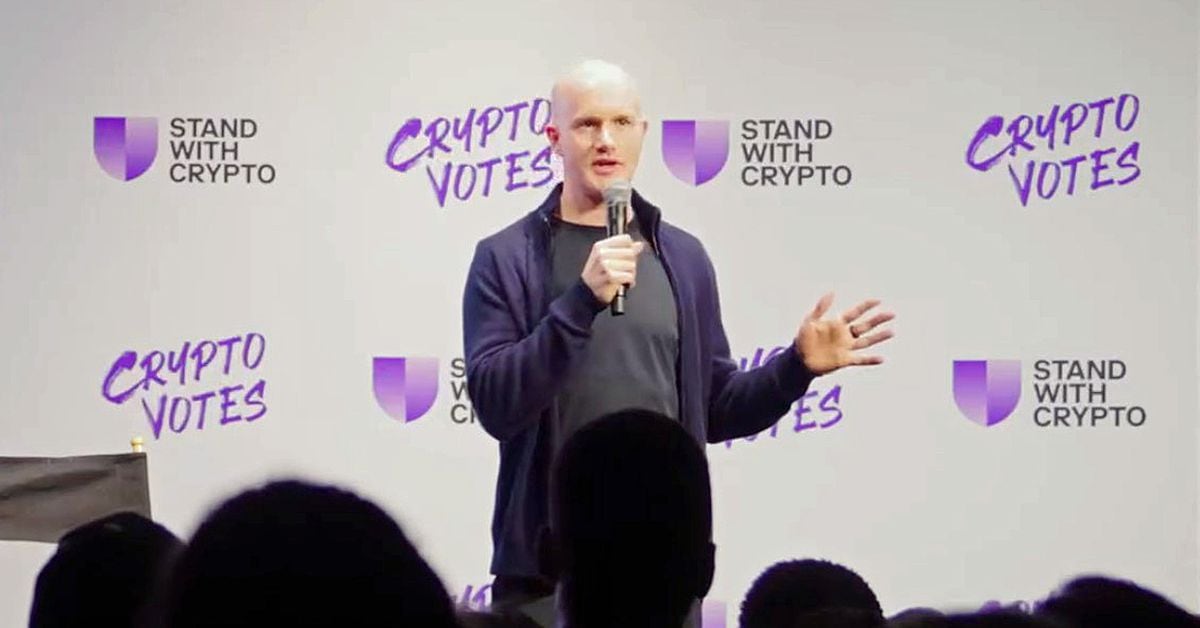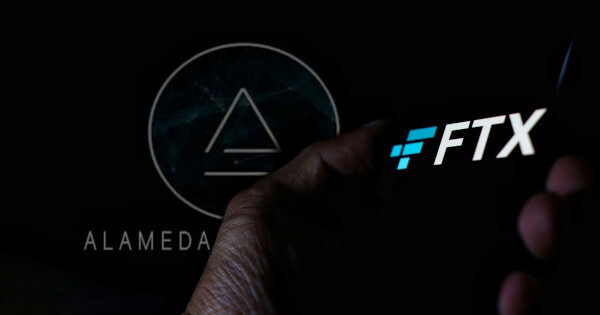Only in the near past, Yuga Labs, the workforce behind the world-famous bored nonfungible token (NFT) primates, nabbed some $300 million with its sale of Otherdeed NFTs, a group of land plots in a soon-to-be metaverse. Certainly, NFTs, the blockchain business’s major methodology of making digital asset shortage, have emerged as the popular option to deal with digital land possession for many metaverse initiatives, together with Decentraland and The Sandbox. All of this has prompted an attention-grabbing query locally: Within the metaverse, an unlimited, near-endless digital area, how can digital land ever be scarce? Nicely, let’s dig in.

Initially, let’s deal with the elephant within the room: The metaverse isn’t actual. I imply, the Prepared Participant One-style metaverse, a seamless digital reality-based rendition of the web as we all know it. So, when you might don your VR helmet for a rave in Decentraland, the machine will hardly keep on to your every day dose of Instagram or a information feed surf.
In different phrases, what we’ve proper now’s a rising variety of comparatively siloed metaverse initiatives, which supply customers an array of project-specific experiences and capabilities versus the browse-whatever of the bigger net. This in itself hints that shortage is a sound idea to contemplate in as a lot as their lands go, even when we think about their worth by way of the identical prism as real-world land.
Associated: Sci-fi or blockchain actuality? The ‘Prepared Participant One’ Oasis will be constructed
The legal guidelines of the land
In the actual world, the worth of a plot of land is a product of some fairly clear-cut variables — i.e., pure assets, from oil or mineral deposits to forestry and renewables, entry to infrastructure, city and logistical facilities, and fertile soil. All of this may come into play relying on what you might be planning on doing with this land. Goal defines worth, however the worth remains to be quantifiable.
Worth, for its half, typically goes hand in hand with shortage, and land isn’t any exception. The planet’s complete floor space is 510.1 million sq. km, however greater than half of that’s beneath water, which works for oil and fuel pipelines and submarine cable traces, however little else. To this point, we’ve modified about 15% of the accessible land space, and but, on the finish of the day, land is finite. Issue within the worth and monetary feasibility issues (an funding must be price it), and the pool of land that really is sensible to amass goes even slimmer.

Let’s take The Sandbox for example. What’s the worth of getting there? Once more, worth comes from function. If you’re a trend model, for instance, you’ll most likely profit from being in the same digital area as Gucci. What’s extra, in case you are trying to compete with this model, you’ll need your plot situated as near its personal as potential to attempt to reduce into its footfall with the gorgeous exterior of your individual outlet.
Associated: The metaverse is booming, bringing revolution to actual property
That is the place shortage comes again into play. There are solely so many NFT plots that you would be able to purchase subsequent to the Gucci retailer. In a digital realm, distance as such could seem arbitrary, but it surely’s not solely appropriate. Distance comes all the way down to how this particular metaverse handles area, objects and motion — the essential, foundational elements of its design. In spite of everything, you most likely need your individual metaverse retailer to be an precise 3D retailer a purchaser can discover, which calls for a 3D spatial grid and at the very least a fundamental physics engine. Certain, it’s most likely potential to play with non-Euclidian geometry and different good design options to make the area greater on the within than on the surface, however this could amp the workload on the backend and have an effect on the person expertise.

As we see, technological constraints and enterprise logic dictate the basics of digital realms and the actions these realms can host. The digital world could also be infinite, however the processing capabilities and reminiscence on its backend servers should not. There’s solely a lot digital area you may host and course of with out your server stack catching hearth, and there may be solely a lot inventive leeway you may have inside these ramifications whereas nonetheless protecting the enterprise afloat. These frameworks create a system of coordinates informing the way in which its customers and traders interpret worth — and within the course of, they create shortage, too.
The good vast world on the market
Whereas quite a lot of the valuation and shortage mechanisms come from the intrinsic options of a particular metaverse as outlined by its code, the real-world issues have simply as a lot, if no more, weight in that. And the metaverse proliferation will hardly change them or water the shortage down.

Let’s begin with the person bases. The Sandbox reviews 300,000 month-to-month lively customers, and for Decentraland, the determine is roughly the identical. When it comes to pure math, that is the cap to your month-to-month footfall at no matter metaverse outlet you might be working. So, even when they don’t seem to be too spectacular, they are going to seemingly be onerous to beat for many newer metaverse initiatives, which, once more, takes a toll on the worth of their land. By the identical account, in case you have one AAA metaverse and 10 initiatives with zero customers, traders would go for the AAA one and its lands, as scarce as they could be. This additionally creates a value-driven meta-scarcity: Certain, there’s loads of land generally phrases, however solely a restricted portion of it makes a possible funding.
Associated: How blockchain expertise may carry triple-A video games to metaverses
A comparability with on-page adverts will probably be useful right here. Advertisers want web sites with extra site visitors, and the variety of advert spots on a web page is restricted by the constraints of affordable UX. You possibly can all the time make one other dozen web sites, but when they don’t herald the identical site visitors, the advert spots there’ll hardly be as precious, and those on the highest website are scarce.
Transferring past the person bases, there may be additionally the intangible wow-factor. One of many the explanation why manufacturers purchase lands in metaverses is as a result of they know the media will write about it. It’s true that the most important firms will generate traction it doesn’t matter what metaverse they’d enter by way of their very own sway. Nonetheless, they’d quite roll with one thing that’s constructed up some traction by itself, in the identical manner they would like protection on Bloomberg to a tiny newspaper. Manufacturers like companions who play in the identical league, or punch above their weight, or at the very least come off like they’re doing any of that. And people are normally scarce.
Associated: Fundamental and bizarre: What the metaverse is like proper now
In the future, we might certainly find yourself with a single coherent metaverse, however even there, the principles binding it is going to seemingly work as a pure — or synthetic — basis for conceptualizing worth, which is able to seemingly think about shortage in some kind. Now, in a world of scattered metaverses that customers can’t seamlessly bounce between, competitors and, by extension, shortage are very a lot a part of the equation.
This text doesn’t include funding recommendation or suggestions. Each funding and buying and selling transfer entails threat, and readers ought to conduct their very own analysis when making a call.
The views, ideas and opinions expressed listed here are the creator’s alone and don’t essentially mirror or symbolize the views and opinions of Cointelegraph.
Adrian Krion is the founding father of the Berlin-based blockchain gaming startup Spielworks and has a background in laptop science and arithmetic. Having began programming at age seven, he has been efficiently bridging companies and tech for greater than 15 years, at present engaged on initiatives that join the rising DeFi ecosystem to the gaming world.






















